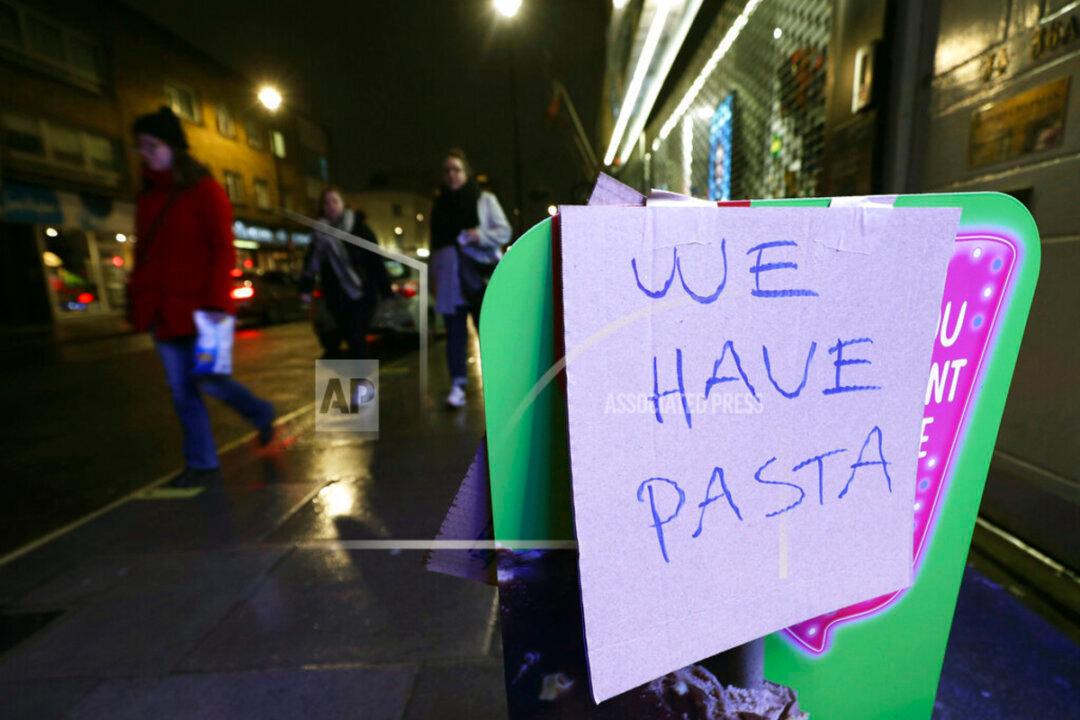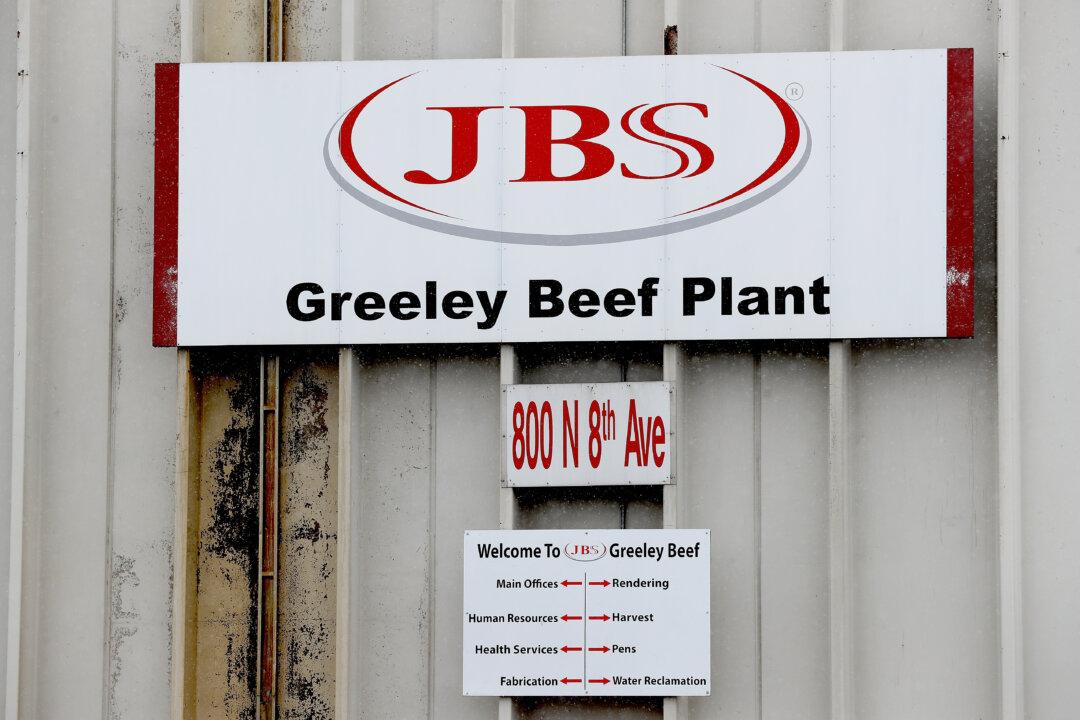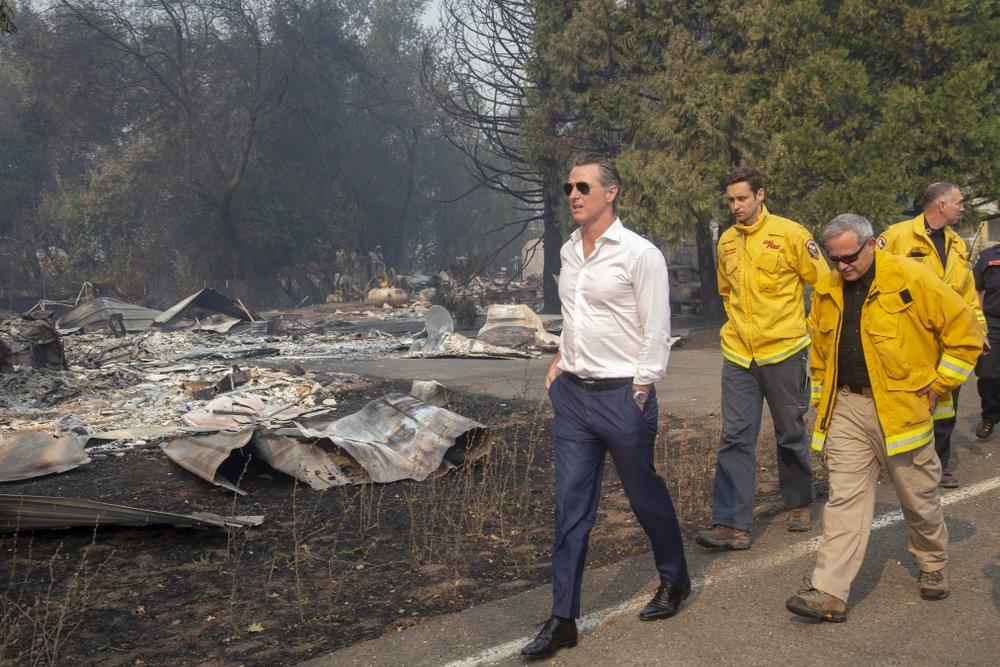With market analysts suggesting that panic buying has been mostly a media-led phenomenon, reporters at The Epoch Times confirmed today that supermarket shelves in New York City are well stocked.
Global data analytics and measurement firm Nielsen has identified a number of human nature-related thresholds that have influenced consumer behavior around the world and in the United States as the CCP virus has spread, and as measures to combat it have been introduced. The patterns suggest that consumer behavior has been linked to the news cycle, and that as much of the population transitions from a phase characterized as preparation for quarantine to “restricted living,” in-store visits will be significantly reduced.





